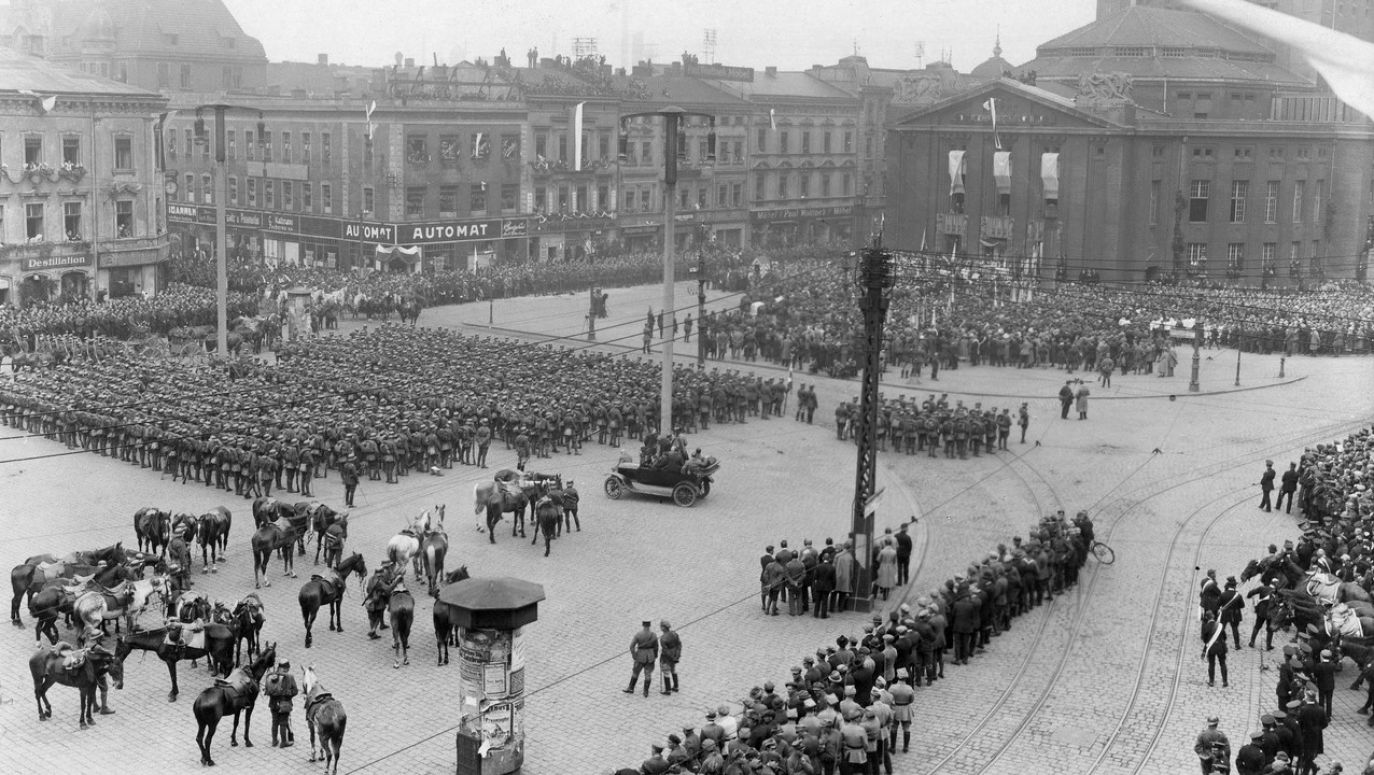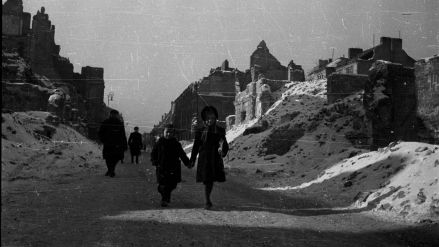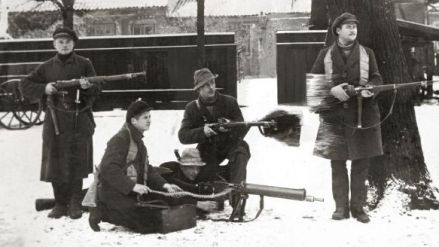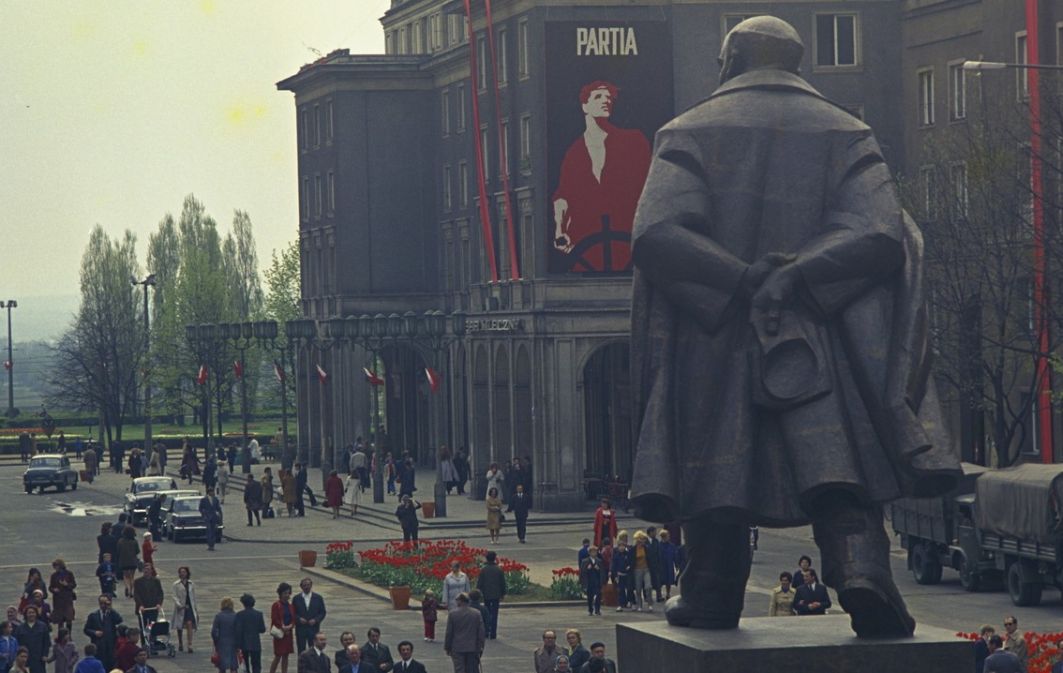Were there no exceptions to the rule?
There were certain exceptions, such as Hellmut von Gerlach, close to the left wing of German liberalism, individual Social Democrats, or authors who questioned the entire German political culture, such as Friedrich Wilhelm Fersten. But when we analyse the votes and debates in the Reichstag on Poland between 1919 and 1933, we can see that all factions spoke unequivocally hostilely towards our country.
 SIGN UP TO OUR PAGE
SIGN UP TO OUR PAGE  How was Poland portrayed in the German press of the Weimar Republic? What propaganda stereotypes were used?
How was Poland portrayed in the German press of the Weimar Republic? What propaganda stereotypes were used?
Above all, the motif of the so-called Polnische Wirtschaft, i.e. the Polish economy and administration characterised by disorder, anarchy, dirtiness, malaise and passivity, was used. The headlines featured the stereotype of Poland as a seasonal state, a state organism that has the bug of decay implanted in it. It was argued that the Second Republic was an inherently aggressive state, especially towards the German and Jewish national minorities. The border with Poland was presented as the so-called bleeding border, as a line that divides and is the ignition of conflict. The Silesian insurgents were called “[Wojciech] Korfanty’s gangs”. The atmosphere of hostility towards Poland was constantly heated up, also in school textbooks, especially for history and geography. They visualised the injustice that befell Germany at Versailles. It presented maps that showed that the Polish-German border of 1919 was unjust because it left millions of Germans on the Polish side.
While the military and diplomatic struggle for the borders of the reborn Poland was still going on, news of a wave of alleged pogroms against Jews on Polish soil appeared in the German press.
The first reports on the subject appeared at the turn of 1918/1919. They were later reproduced by the Western press. It was written that on 27 December 1919, the day the Greater Poland Uprising broke out, there was a huge pogrom against the Jewish population in Poznan. Of course, the news was completely fanciful, just like other similar information.
Reports published in the German press about alleged massacres in Poland had political consequences. They were used at the Paris Conference to strike at Poland’s rebirth after the partitions.
The Polish delegation at the Paris Peace Conference, which culminated in the Treaty of Versailles, had to contend with growing propaganda, especially from Jewish circles in the United States. They portrayed Poland as a country of pogroms, hatred and aggression. The so-called Minority Treaty was therefore invented and attached to the Treaty of Versailles. It did not apply to all states, but only to a few countries in Central Europe, including Poland. It stated that the rule of law in these countries, in terms of respecting the norms of national minority autonomy, would be upheld by the League of Nations. All Polish parties during the ratification debate of the Treaty of Versailles in the Legislative Sejm described this action as a violation of our sovereignty.
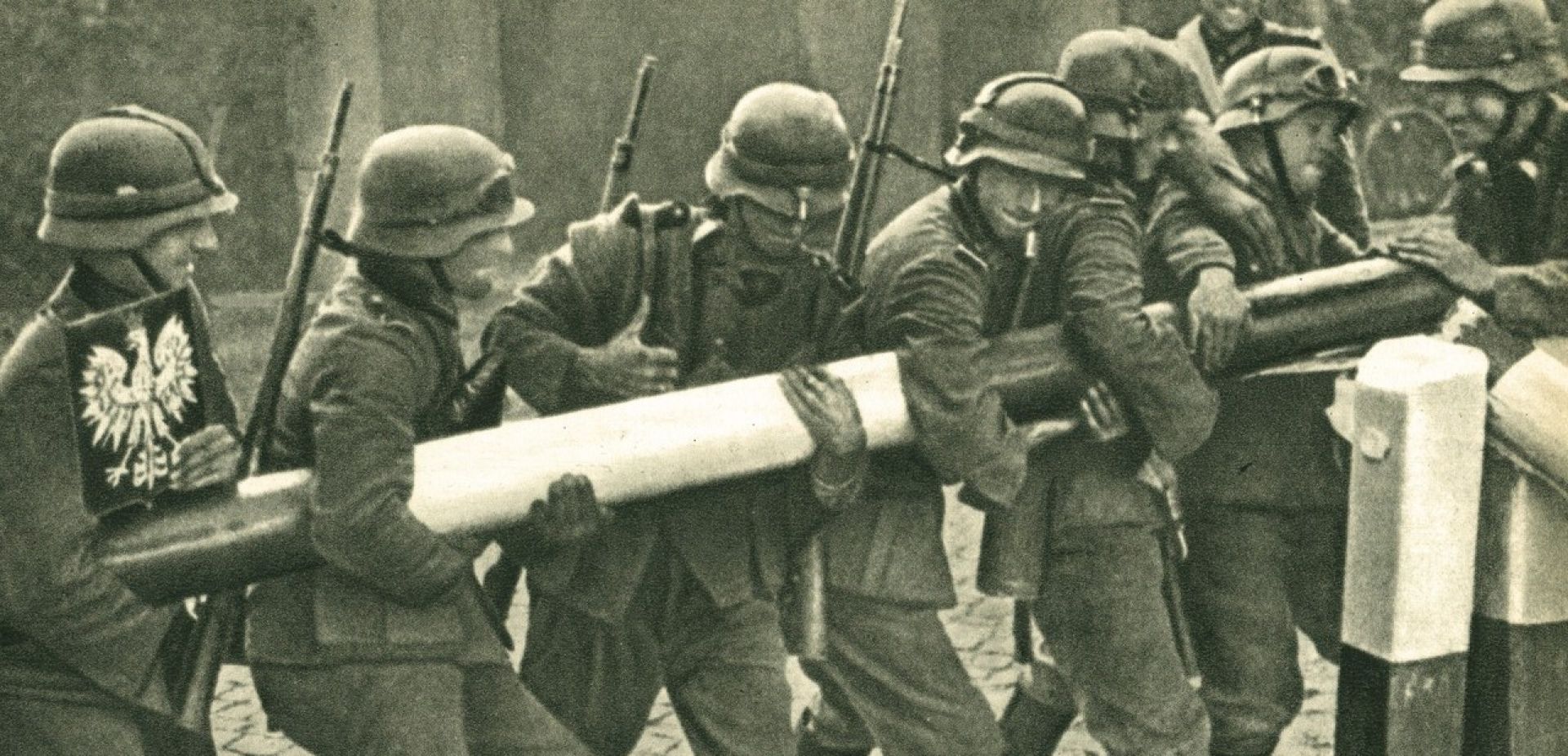
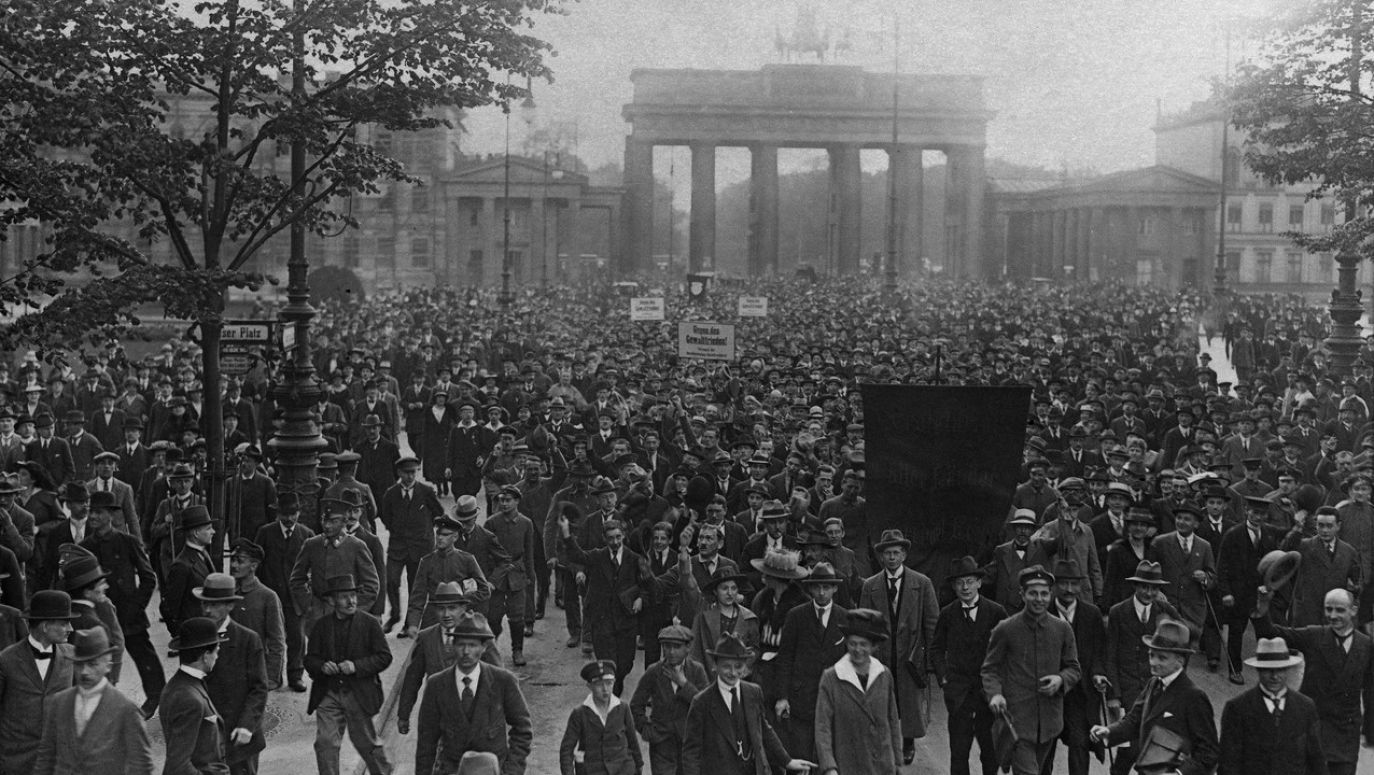
 SIGN UP TO OUR PAGE
SIGN UP TO OUR PAGE 
